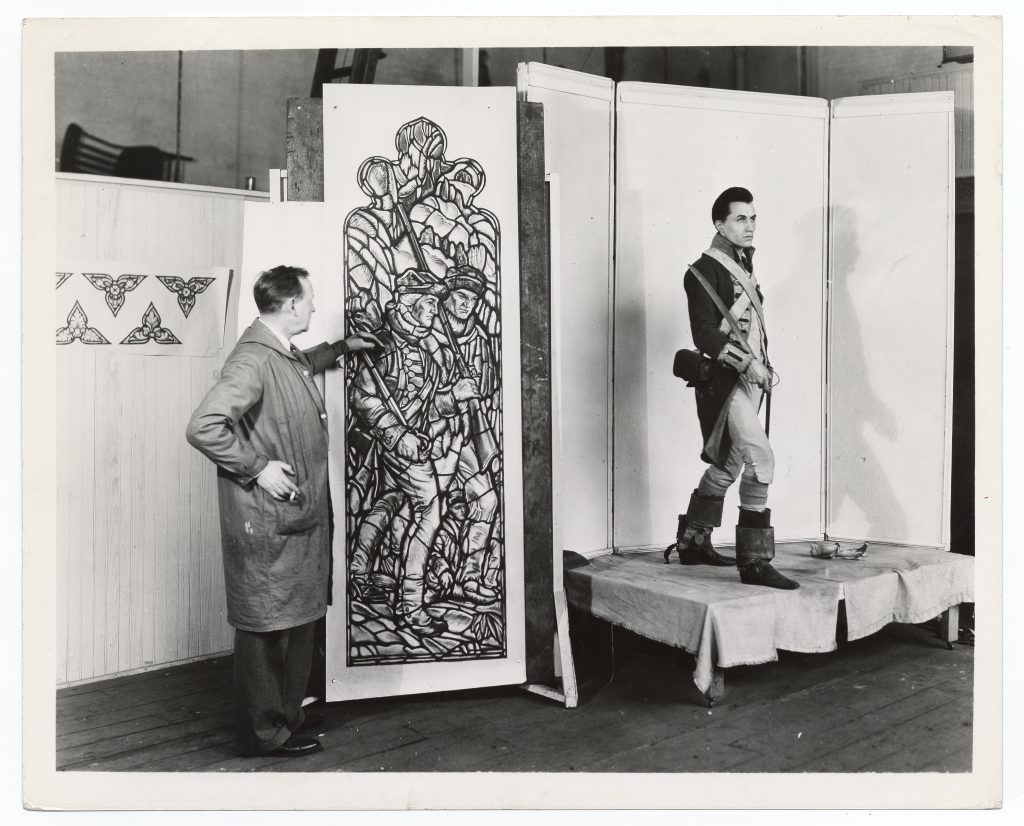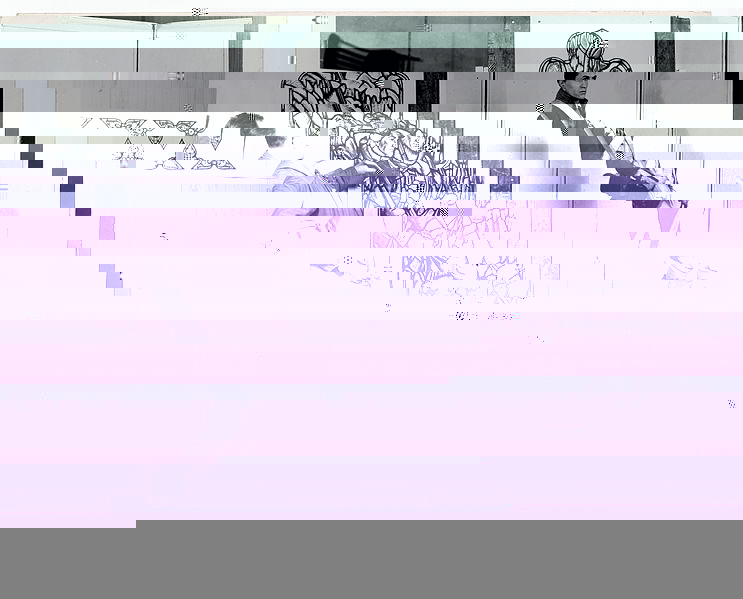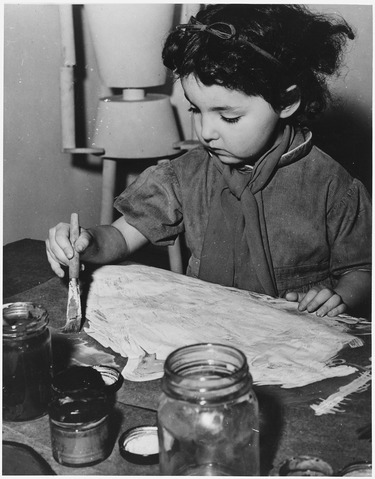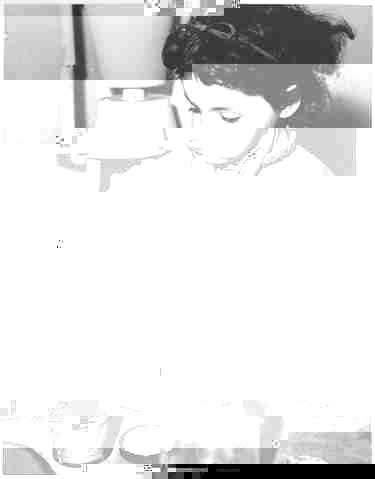I knew that I wanted to use a color photograph for this assignment, so when I went to browse through the collections at our disposal I was immediately drawn to the bright colors present in the image. I was also drawn to the expressions of the children, and what I considered a very classic setting—a state fair. It is a beautiful and simple scene, but full of chaos, and those qualities piqued my interest. I feel like the focus on the children is unique—often we focus on the lives of those who had already reached adulthood by the time the Great Depression hit, but I liked that this photographer chose instead to focus on the children who were born during that time, and who were growing up at a turning point in American history.
One of my lingering questions about the photograph is what the context surrounding the fair was like. The focus on this one moment of festivity might potentially create a harsh contrast at the return to daily life, or perhaps it could not. The children pictured in the photograph are dressed up in clean, matching outfits, likely their Sunday best, and it is obvious that some effort was put into presentation when their family decided to attend the State Fair. I feel that this may harbor some yet-unexplored cultural implications–how important were community events like this to people at the time? How does the importance (or lack thereof) compare to current trends?
Modern American society is heavily digital, and heavily reliant on digital images for everything from research material, to social interaction. I would even dare to hypothesize that just as a family may have put on their best clothes to present themselves at a community event, such as the pictured fair, that modern-day Americans practice the same meticulous self-framing to present themselves well in digital media every single day. As an anthropologist I am naturally curious about the seemingly inherent drive to look good to others, and although my main focus in my image analysis itself operates around the themes of nostalgia and romanticization, I think that it is interesting as well to look at the consistency of American culture’s relation to self-image, which is depicted through the figures in this photograph.
Links:
Omeka Item – http://jessicadoeshistory.com/cnd/items/show/191
Omeka Exhibit – http://jessicadoeshistory.com/cnd/exhibits/show/francesca-reimer—at-the-verm
Works Cited:
“Farm Security Administration/Office of War Information Color Photographs – About This Collection.” About this Collection – Prints & Photographs Online Catalog (Library of Congress). Library of Congress, January 1, 1970. https://www.loc.gov/pictures/collection/fsac/.
Jack. “At the Vermont State Fair, Rutland.” Home. Library of Congress, January 1, 1970. https://www.loc.gov/pictures/item/2017877403/.





